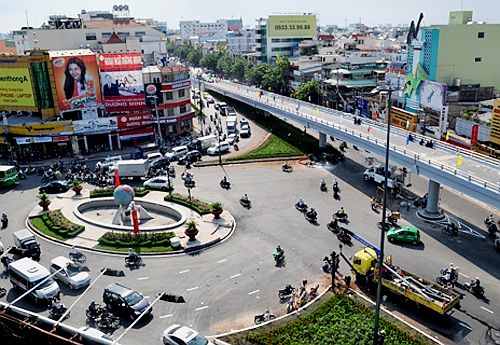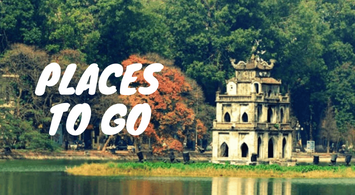Introduction
Located in the bustling heart of Ho Chi Minh City, the Tomb of Father Cả (Lăng Cha Cả) stands as a significant historical and cultural relic. Although lesser-known among tourists, this site holds deep meaning for local residents and history enthusiasts alike. In this article, let’s explore the fascinating story behind the Tomb of Father Cả and its enduring presence in modern Saigon.
Who Was Father Cả?
Father Cả, whose real name was Pierre d’Assou, was a French priest who lived during the late 19th century. Highly respected by the Catholic community, he played an essential role in the religious and community life of Saigon. After his death, a grand tomb was constructed to honor his contributions, which eventually became an important symbol of the area.
History of the Tomb
Built in the early 20th century, the Tomb of Father Cả was initially located next to a small church where he had served. Over time, urban development surrounded the tomb, and it became a familiar landmark for many generations. Despite periods of war and renovation, the tomb remained intact for decades, silently witnessing the city’s evolution.

In 1980, due to the expansion of infrastructure projects such as Tan Son Nhat Airport and nearby roads, the tomb was dismantled. However, memories of Lăng Cha Cả continue to live on through historical documents, old photographs, and the collective memory of the city’s people.
Cultural Significance
The Tomb of Father Cả symbolizes the long history of Catholicism in Vietnam, particularly in Ho Chi Minh City. It reflects a period when foreign religious influences blended with local traditions, shaping a unique cultural identity. For many Saigonese, mentioning “Lăng Cha Cả” evokes nostalgia for a time when life was slower, and community ties were stronger.
Legacy Today
Even though the physical structure no longer exists, the site where the tomb once stood is still referred to by locals as “Vòng Xoay Lăng Cha Cả” (Father Cả Roundabout). It remains a crucial traffic hub near Tan Son Nhat Airport. The name Lăng Cha Cả lives on in everyday conversations, public records, and the hearts of many citizens.
How to Visit
Today, visitors can explore the area near the Father Cả Roundabout to get a sense of the historic significance. While no original structures remain, the location is surrounded by important landmarks, local eateries, and bustling streets that offer a glimpse into both the past and present of Ho Chi Minh City.
Location:
- Near Tan Son Nhat International Airport
- Intersection of Hoang Van Thu and Cong Hoa streets, Tan Binh District, Ho Chi Minh City
Conclusion
The Tomb of Father Cả is more than just a historic site; it is a piece of Saigon’s soul. Although the tomb has physically disappeared, its story continues to inspire and connect generations. If you’re interested in uncovering hidden layers of Ho Chi Minh City’s rich history, the legacy of Lăng Cha Cả is a meaningful starting point.




